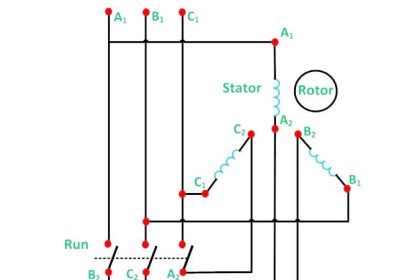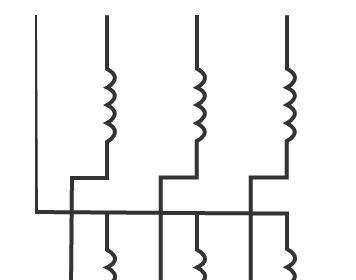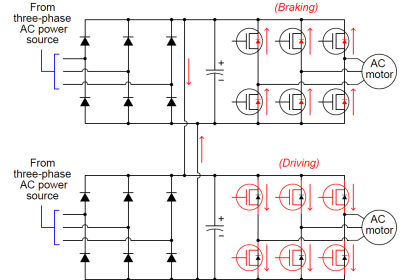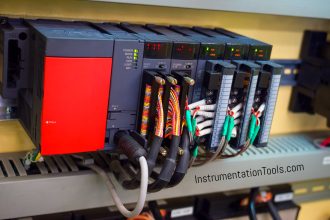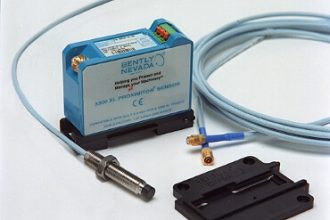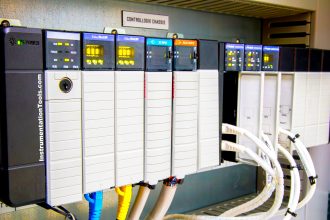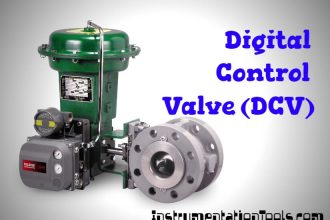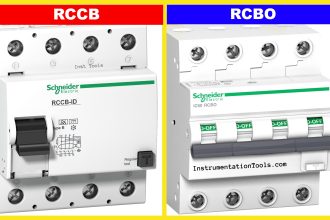Induction Motor:
Almost 70% of the machines used in industries now a days are 3 phase induction motors. It works on the principle of induction where electro-magnetic field (emf) is induced in to the rotor conductors when rotating magnetic field of stator cuts the stationary rotor conductors. As the ac power is used in generation, transmission and distribution induction motors occupied significant place in industrial drive applications and out rule the dc motors which were earlier used for industrial applications. Induction motors are of two types based on the construction: Squirrel cage induction motor and slip ring induction motors. Squirrel cage induction motors are widely used in motor and drive applications. Some of the advantages of induction motors compared to dc motors and synchronous motors. Also disadvantages of induction motors compared to other motors are also given below:
Induction Motor Advantages:
- Induction motors are simple and rugged in construction. Advantage of induction motors are that they are robust and can operate in any environmental condition
- Induction motors are cheaper in cost due to the absence of brushes, commutators, and slip rings
- They are maintenance free motors unlike dc motors and synchronous motors due to the absence of brushes, commutators and slip rings.
- Induction motors can be operated in polluted and explosive environments as they do not have brushes which can cause sparks
- 3 phase induction motors will have self starting torque unlike synchronous motors, hence no starting methods are employed unlike synchronous motor. However, single-phase induction motors does not have self starting torque, and are made to rotate using some auxiliaries.
These advantages in induction motors make them more prominent in industrial and domestic applications.
Induction Motor Disadvantages:
Some of the disadvantages of induction motors compared to dc motors and synchronous motors are:
- 3 phase induction motors have poor starting torque and high have in rush currents. Therefore these motors are not widely used for applications which require high starting torques like traction systems. Squirrel cage induction motor have poor starting torque. Starting torque in the case of slip-ring induction motor is comparitively better because of the presence of external resistor in the rotor circuit during starting. Other important disadvantage of Induction motor is that it draws high inrush currents causing large momentary voltage dip during starting of the machine. High inrush currents can be reduced by employing some starting methods in induction motor
- Induction motors always operate under lagging power factor and during light load conditions they operate at very worst power factor (0.2 to 0.4 lagging). Some of the disadvantages of poor power are increase in I2R losses in the system, reduction in the efficiency of the system. Hence some power factor correction equipments such as static capacitor banks should be placed nearto these motors to deliver the reactive power to them.
- One of the main disadvantages of induction motors is that speed control of induction motors are difficult. Hence for fine speed control applications dc motors are used in place of induction motors. Due to advance in power electronics, variable frequency drives using induction motors are used in industries for speed control now a days.
These are some of the disadvantages associated with induction motors


